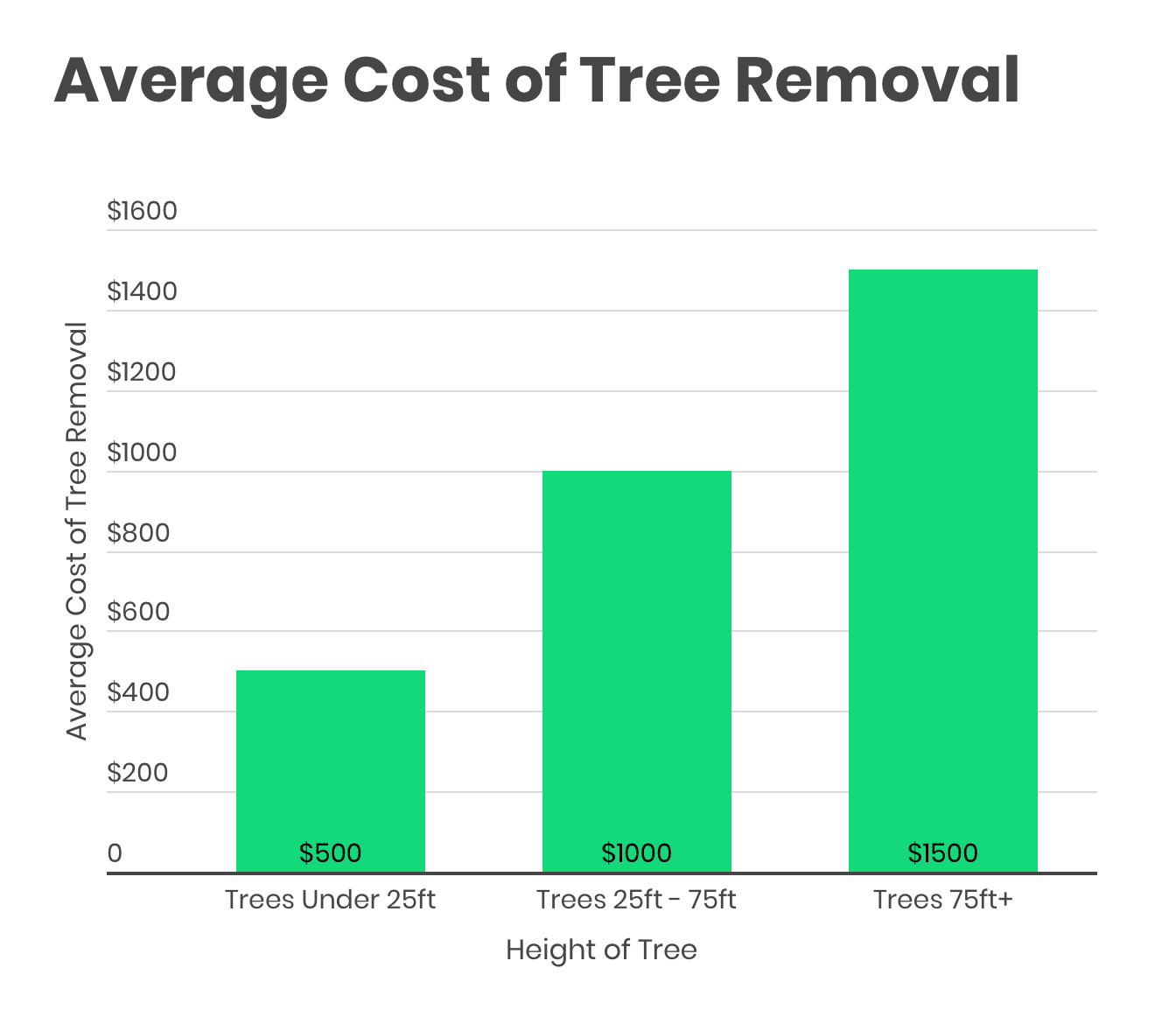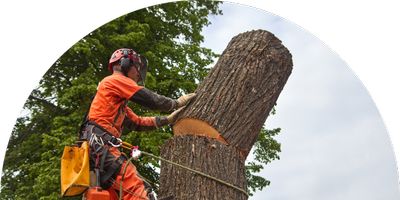Featured
Table of Contents
- – Tree Clearing Pricing In Mack, OH
- – Mack, OH Arborist Price Overview
- – Mack, OH Tree Removal Modernization Costs
- – Mack, OH Tree Cutting Cost Trends
- – Hidden Tree Trimming Costs In Mack, OH: What ...
- – Mack, OH Tree Service Reviews: What Locals Say
- – Standard Tree Trimming Pricing In Mack, OH
- – Most Affordable Stump Removal Rates In Mack,...
- – Compare Tree Service Prices In Mack, OH
- – Cut Costs On An Tree Removal In Mack, OH
- – Lease Tree Trimming Options In Mack, OH
- – Mack, OH Arborist: Cost Variables
- – Mack, OH Stump Grinding Pros And Cons: Value
- – Budget Tree Service In Mack, OH
- – Mack, OH Tree Trimming: Real Cost Breakdown

The subsections below offer more comprehensive details about prices, consisting of an average variety for each. TypeAverage Removal CostPineConiferPalmMagnoliaArborvitaeAshCedarSweet GumEucalyptusSycamoreCypressOakMaplePoplar You can anticipate to pay in between to remove a pine, depending on its size. Removing a pine is among the more budget friendly tasks unless it is one that has actually been around for years and is rather big.
Tree Clearing Pricing In Mack, OH
Pines likewise have a tap root that grows deep into the soil, which can show to be harder to remove. The procedure itself includes an expert cutting the tree, clearing the base, cutting the surface roots, getting rid of the stump, and lastly treating the soil. Without a professional hand, you run the risk of leaving pine seedlings behind, which will fall from the roots of distressed pines.
Mack, OH Arborist Price Overview
The U.S. national average for conifer removal is around to have the conifer reduced, transported away, and the stump ground or eliminated totally. Conifers are normally much easier to eliminate, and even though they can grow quite tall, they do not cost a fortune to remove. Conifers include pine, spruce, fir, and juniper trees.
Mack, OH Tree Removal Modernization Costs
While conifers are gorgeous, they kill native plants and certain types of lawn (tree service). The typical price of palm elimination depends on the height as much as the type, ranging from.
Mack, OH Tree Cutting Cost Trends
That is why it is very important to know which type you are getting rid of. While you do not require an herbicide to kill a palm tree, there are some actions your elimination expert will have to take to make sure the job is done correctly. There are 2 ways they can get rid of them: by slicing them down or digging them up.
Hidden Tree Trimming Costs In Mack, OH: What To Watch For
This is since little animals like rats and scorpions often live in them. Plus, lots of types will have spikes, too. From there, they get rid of the real tree and after that the stump. Expect to pay between to eliminate this type of tree, depending on the exact size and details of the task.
Mack, OH Tree Service Reviews: What Locals Say
There are three types: green, white, and black ash. White ash is known for its numerous colors. With its gray-tinged bark, its leaves are green or purple in the spring and golden yellow or purplish-red in the fall. They delight in moderate environments and lots of sun. The green ash is called such due to its green or yellow foliage.
Standard Tree Trimming Pricing In Mack, OH

Due to the variation in height, the removal cost variance is wide from. A coniferous, evergreen tree, the cedar is a sturdy types.
Most Affordable Stump Removal Rates In Mack, OH
The development of false cedars varies from 50 feet up to 230 feet high. Property owners may pay anywhere from, depending upon the roots. With star-shaped leaves and stunning fall colors, the sweet gum is considered a medium to big tree. Delighting in full sun, the sweet gum can not tolerate contamination.
Compare Tree Service Prices In Mack, OH
It has a huge root base of 40 to 50 feet, which impacts the removal cost. Usually, it costs in between to get rid of a eucalyptus. Eucalyptus are not typical everywhere, however they are rather large compared to others, which is why even the smaller sized ones are so pricey to remove. Initially from Australia, eucalyptus are intrusive plants that grow in thick groves that take out native plants.
Cut Costs On An Tree Removal In Mack, OH
There are a handful of ways to do this, consisting of burning, pulling, grinding, or killing them with herbicide. Expect to pay between to get rid of sycamores, based upon the height, trunk size, and quantity of work involved. Sycamores are among the largest hardwood trees, normally ranging from 60 to 100 feet high and as wide as 15 feet.
Lease Tree Trimming Options In Mack, OH
The very first two actions will expose the insides of the tree and cut off the flow of nutrients up the trunk. From there, an expert uses herbicide to kill the tree and cuts down the trunk. Then, they will kill the stump. Otherwise, new sprouts might grow from it. Reducing and eliminating a mature cypress might cost as much as.
Mack, OH Arborist: Cost Variables
There are various types of Cypress trees, but the most prevalent are the Leyland, Arizona, Bald, and Italian. The Bald Cypress grows in swampy or really moist locations while the others enjoy a dry, warm, or hot climate (stump removal). They can grow as tall as 80 to 100 feet high
Mack, OH Stump Grinding Pros And Cons: Value

Prone to diseases, the Cypress is one of the most prized woods for furnishings. The average oak grows to around 60 feet, and depending upon the intricacy of the elimination, it costs approximately to remove. The exact size of your oak and the effort required to fell it impact what you will actually pay for elimination along with any additional services like stump grinding.
Budget Tree Service In Mack, OH
Access to the trees and the roots will likewise impact the total cost. Maples are typically among the more expensive trees to eliminate because of their size and the work included in the removal.
Mack, OH Tree Trimming: Real Cost Breakdown
Growing as high as 90 to 115 feet, these massive timbers are primarily discovered in North America and consist of the aspen, cottonwood, and balsam trees. The procedure to remove trees involves all the cutting and cutting of the branches and trunk, bringing it down to a stump.
Table of Contents
- – Tree Clearing Pricing In Mack, OH
- – Mack, OH Arborist Price Overview
- – Mack, OH Tree Removal Modernization Costs
- – Mack, OH Tree Cutting Cost Trends
- – Hidden Tree Trimming Costs In Mack, OH: What ...
- – Mack, OH Tree Service Reviews: What Locals Say
- – Standard Tree Trimming Pricing In Mack, OH
- – Most Affordable Stump Removal Rates In Mack,...
- – Compare Tree Service Prices In Mack, OH
- – Cut Costs On An Tree Removal In Mack, OH
- – Lease Tree Trimming Options In Mack, OH
- – Mack, OH Arborist: Cost Variables
- – Mack, OH Stump Grinding Pros And Cons: Value
- – Budget Tree Service In Mack, OH
- – Mack, OH Tree Trimming: Real Cost Breakdown
Latest Posts
Top-Rated Tree Cutting In Sanatoga, PA: Pricing
What Will An Tree Removal Cost Me In Mack, OH
Home Tree Trimming Costs In Clifton, CO
More
Latest Posts
Top-Rated Tree Cutting In Sanatoga, PA: Pricing
What Will An Tree Removal Cost Me In Mack, OH
Home Tree Trimming Costs In Clifton, CO